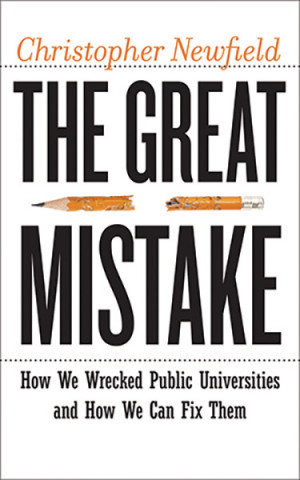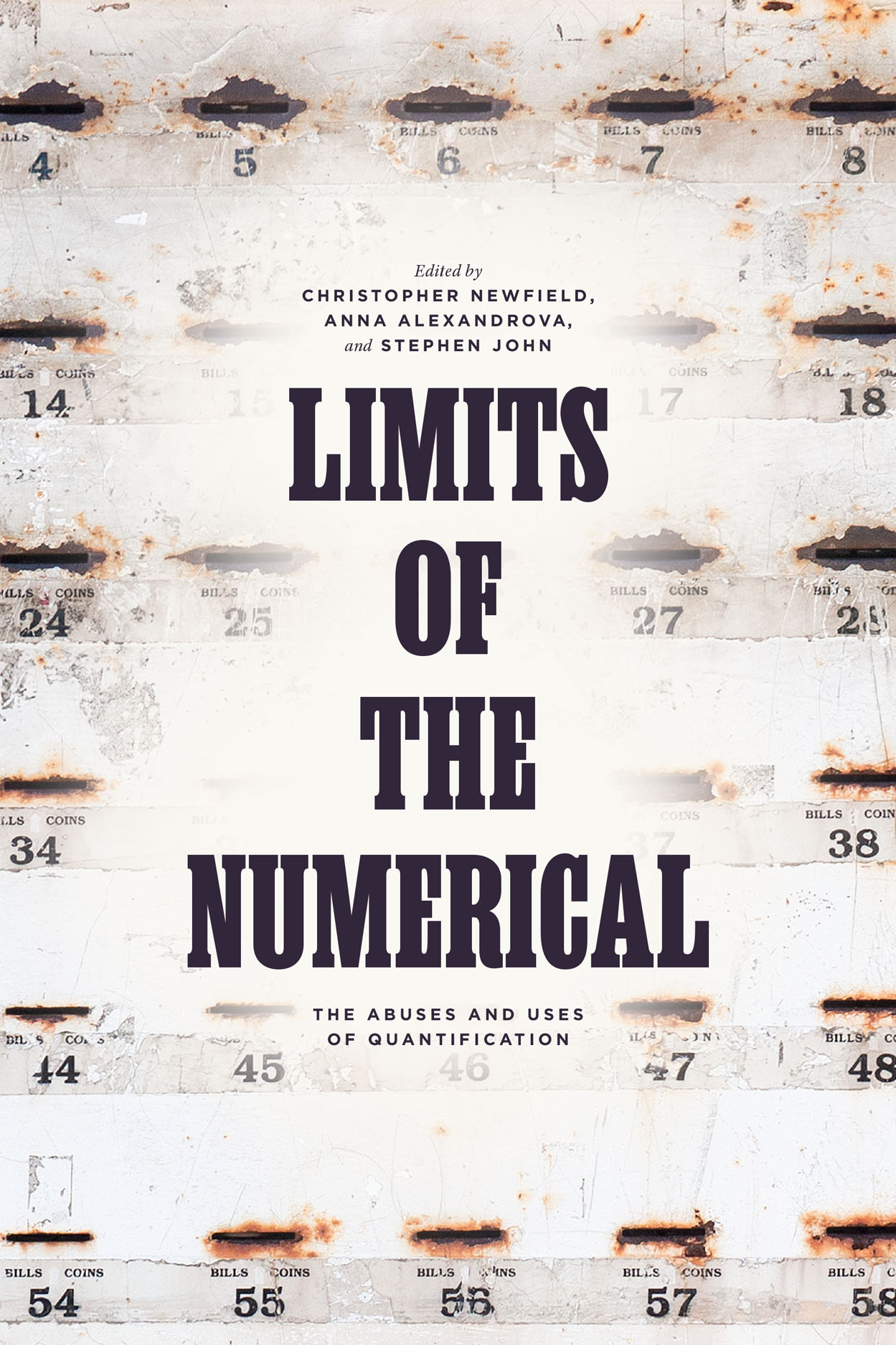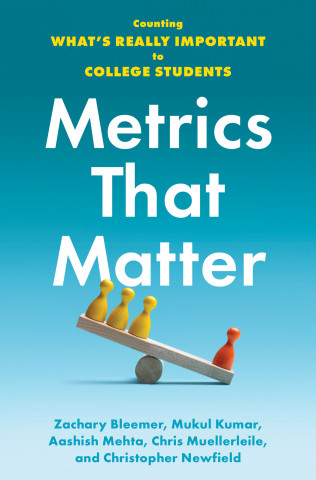 |
| Yonsei University, Seoul on February 11, 2025 |
I’ll give this to Trump. He makes more and bigger mistakes faster than any politician in US history. And his mistakes are also more angry, insulting, and destructive than those of other politicians. He is the GOAT in these areas. But we need to see this as a weakness more than a strength.
I was half-way through a post refuting the Muskian project’s claim to knowledge when I saw that the Post’sPhilip Bump had written it for me. There’s been a lot of progress in the past two weeks about the Trumpian project as knowledge destruction, particularly through Musk’s military wing.
A lot of good knowledge work has been degrading Musk’s research credibility. For many people, it’s basically over. The Bump Rule is now widely in effect: “The safest approach to Musk’s rhetoric . . . might be the one he wants to apply to government funding: reject it all as dubious until there’s reason to think it isn’t.”
The most famous example is that Musk’s big X announcement of widespread Social Security fraud, concealed by bureaucrats and exposed by DOGE, was based on ignorance of an old software program’s convention for dates. A twitter swarm of experts posted about his COBAL knowledge gap.
Journalists wrote fact-checked stories. Others offered Musk advice about how to conduct actual research. Many said that Musk should have some evidence of his claim before POTUS holds a press conference about it.
Journalists have been checking DOGE work in the way research colleagues would normally check work inside an academic research team before it is released. They find low standards. “DOGE’s Only Public Ledger is Riddled with Mistakes,” the New York Times finds, having previously exposed basic mistakes with decimal points.
Bump laid out the conclusion about Muskian knowledge:
Musk isn’t very interested in the truth. His interests are in slashing government funding, undermining the political left and, where possible, both. So he kept at it, sharing numbers over the weekend that suggested the Social Security Administration had 1.5 million people aged 150 or older in its database, a subset of the nearly 21 million aged 100 or older.
Trumper error combined with brutality—fuelled by the stated desire to traumatize workers—depends on a multi-dimensional lack of knowledge. It also depends on making followers think knowledge is irrelevant and opponents think knowledge completely powerless.
I’ll discuss some strengths of this machine before going on to say why they are vulnerable.
It intimidates people to watch Trumpism makes war on knowledge, civil service, skilled employees, general competence, non-corruption, constructive government itself, and of course independent expert authorities. Friday night, while firing the Black head of the Joint Chiefs of Staff to replace him with a less qualified white man, and removing the first female head of the Navy, Trump also fired the senior lawyers in three military branches.
It intimidates people to think about Musk’s treasure chest and the power to threaten every single elected Republican in the US with political extinction if they stray out of line.
It intimidates people to think about the orc army of knowledge refusers known as MAGA.
It intimidates people to think about civil service employment law being categorically voided through sheer arrogant executive belligerence. It’s designed to make people think, “no one is safe, including me.” And it does.
There’s Trumpism’s control of 2.5 of the 3 branches of government (it doesn’t quite command the lower courts).
There’s Trump’s claim to be dictator and king, his unlimited aggression in the display of total power, his casual destruction of all relationships, and the apparent ease with which he intimidates even billionaire oligarchs through threats of retaliation.
Trumpism draws power from its anger and violence, coupled with its confusion and ignorance. Violence that cannot be addressed with facts, arguments, or other elements of reason is the most frightening kind. Trumpism channels the political version of the culture of casual abuse, masquerading as a special vitalism, and carrying a head on a pike.
This nexus of threat turns wrongness itself is a power, as Bump notes about DOGE’s repeated bungling.
The result is a weird variant of the Dunning-Kruger effect, in which Musk and his lackeys appear to know too little about how government systems work to understand what they don’t know. Instead of then realizing the gaps in that knowledge and tempering future comments, Musk builds a defensive position around his claims, constructed of partisan tropes and attacks on his critics. It unfairly reinforces skepticism in the government. But that’s entirely the point.
All this is true. Wrongess in the pursuit of power is no weakness. It proves the power.
And yet all of this is not working as well as one might expect.
We should take stock of the fact that the reign of (t)error is revealing the limits of Trump’s mandate. Here’s a recent Post-Ipsos poll.
Trump has famously split the country, but the result is widespread revulsion for his policies. Non-Republicans—the country’s numerically dominant group—give him majority support on only one of these 33 policies. Three-quarters of his policies receive 25% non-Republican support or less.
That’s a base to build on. It can assume majority rejection of Trump’s policies and decline of the status of Trump’s superstar Musk.
Anti-Trump lawfare continues to expand and is doing well in the courts. For example, on Friday a judge extended the injunction on the NIH cuts. (The Lawfare tracker can help you keep score.)
We’re seeing wide circulation of stories of the pointless immiseration of good workers, posing the biggest public test ever to Republican claims to care about working people as more than human shields for their tax cuts and giveaways of public resources to business.
The core premises of Trumpism can be readily undermined, sometimes in one image, from US history’s most repressive effort to erase words referring to women and people of color to the DOGE war on government bloat that doesn’t exist.
Then there’s the sheer repetition of the unending everyday Trumpian offensive: it signals that its victories depend on lying, cheating, and stealing, including public resources and people’s careers.
Concealed weakness is also the meaning of the extremely belligerent treatment of Europe in the Munich meetings, or the escalating craziness of the CPAC conference, which brought a new Nazi salute—this one from Steve Bannon—and Elon Musk wielding a chain saw like the federal government’s serial killer.
It’s important for strategy to stay clear about the weakness signalled by these things. Oppositional strategy has to be clear about the hidden meanings of the show. As Trumpist spectacle requires an ever grander ritual sacrifice, Trumpism will remind more people of the end of Dr. Strangelove on a loop, and see its destructiveness as an anti-knowledge project.
This brings me to the position of the anti-Trump opposition. To succeed, it has to bind expertise to a new narrative project, not move away from expertise in search of affective power.
I mention this because so much critical theory and social science has decided that argument and evidence are relics of our failed Enlightenment and are no longer relevant to mass politics. To put it more subtly, though the professional-managerial class (PMC) may still prefer rationality the masses do not, and this is why the PMC backstabs social movements and is despised by everyone.
William Davies’ Nervous States(2018) made a good systematic case that affect has replaced reason as the medium of politics. On this model, we are in the period of what the philosopher Brian Massumi (2015) called “ontopower,” operating through the intuitive and the speculative, leading to pre-emption, or Deleuze’s control. Or in Carolyn Pedwell’s terms, understanding current technological society requires that we “relinquish our persistent attachment to human-centric notions of will, agency, and intentionality” (unpublished ISRF AI Group Paper). Trump’s rise, in its dependence on affective spectacle and bullshit of every kind, seems to confirm the need to cling no longer to fact-checking, argument and evidence.
Many people have pointed out that the right beats the left in the department of grand narratives and affective attachments to them. But what does this really mean about the role of expertise in the overall ensemble?
The historian John Ganz has taken this issue up in his important history of the U.S. right, particularly his book on the Bush I period that produced Pat Buchanan and the culture warriors that prequelled Bannon and Trump. He’s come back to this issue a lot, most recently in a post about Republican mythic politics. But to repeat the question, what is the relation between knowledge and narrative in a leftist mythic politics?
I completely agree that the left needs a positive narrative about the society it wants and why it would be so much better than what we have. It has to involve pleasure and liberation, and freedom from oppression, from the shattering of hatreds, and from the depredations of contempt. I’ve written a cumulative and positive left narrative around higher education—many many posts of the 2010s on this blog, the “recovery cycle” in The Great Mistake, etc. Some phases of this narrative seem reformist, some more radical, and all have fallen outside the Hallin spheres of consensus and of legitimate controversy as policed by academic administration. (I like the Hallin spheres better than the Overton window.) This kind of narration has to be built out for the whole range of institutions and communities.
This can and must be done. It overcomes the endless distraction of playing defense, of being trapped in the unending series of critiques that have to be levelled at bad ideas coming from inside the house—from university admin for example—as well as out. To build the alternative narrative takes discipline and sustained collaboration. Both are really hard.
And yet, to ask the question again, does the new narrative achieve mythic power only when it overcomes the limitations of intentional knowledge and critique? Ganz seems to be saying yes. He invokes a passage from George Sorel, quoting Sorel as follows:
The idea of the general strike, engendered by the practice of violent strikes, entails the conception of an irrevocable overthrow. There is something terrifying in this – which will appear more and more terrifying as violence takes a greater place in the mind of the proletarians. But, in undertaking a serious, formidable and sublime work, the socialists raise themselves above our frivolous society and make themselves worthy of pointing out new roads to the world.
I agree that expert analysis has to join with and become a movement for it to change society or point out the new road towards it. But I don’t agree with the opposition between fact-checking and the sublime strike in which the latter is the source of the new mythic narrative. Ganz elevates Musk and DOGE to the level of myth, and writes,
This mythic nature of these notions makes the liberal attempts to fact-check or dispute their contents piecemeal a futile exercise. The positivistic approach of liberal pundits, as expressed most characteristically in the unimaginative vox.com mentality, is completely out of its depth when it tries to deal with the policy merits or demerits of these new right-wing myths
We are indeed sick of our pathetic liberalism—and its enablement of the worst projects like Israel’s annihilation of Gaza. But that does not include Vox’s fact-checking and other earnest and learned effects to expose lies as an essential part of the defusion of violent Trumpian control.
The left absolutely needs to keep and to rebuild knowledge as such. That means radical knowledge and social movement knowledge and also very much knowledge based on professional expertise—on electrical engineering and ethnic studies alike.
The appeal to the imagination has to arrive on this basis of knowledge if it is to arrive from the left. The left is not about regeneration through violence, to recall Richard Slotkin’s great title incarnating the meaning of the US as a permanent frontier. The right is about that. The left is about the end of that myth, to misstate the title of Greg Grandin’s excellent book analyzing and debunking. the long violence of US national history.
So Musk must be fact -checked. We know that Musk is bullshitting us in the Henry Frankfurt sense of lying in order to control of the audience, and we know this because of some experts in things like COBAL and some medical statisticians on social media and because of reporters like Makena Kelly at Wired, whose editor set up a unit dedicated to tech in government in anticipation of the need to report out on a crusade.
“Imagination” in the new myth cannot skip data, analysis, argument, persuasion, or organization on the basis of all these things. It’s where the left’s new narratives will come from.



















